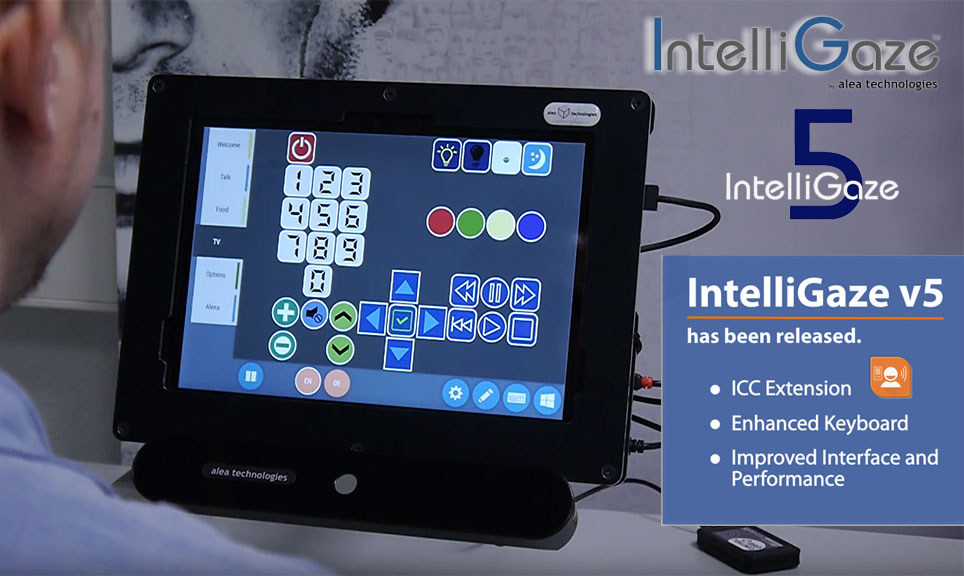
Other more invasive methods of eye tracking (scleral search coil systems, for example) are outside of the scope of this entry. Human Interface: The most immediately obvious difference between eye tracking devices is in how they interface with the user and environment. Some systems require head-stabilization via a chinrest or bite-bar. Other devices are built into a headband or glasses and are worn by the participant. Probably the most common type does not touch the person at all and measures the eye from a distance.ĭifferences in human interface usually exist to accommodate #2 and #3 in this list, and we’ll discuss that in more detail below.


Here are some of the ways that eye tracking hardware may differ: They mostly use similar techniques for pupil and cornea reflex detection, but there are some significant differences in form factor and functionality.
In our previous blog post on eye tracking, we discussed the basics of eye tracking technology and how these systems function to measure movements of the human eye.Įye tracking systems are used in the measurement of eye position and visual attention for research purposes, medical diagnosis, or to provide an alternative interface method for a computer or device.


 0 kommentar(er)
0 kommentar(er)
